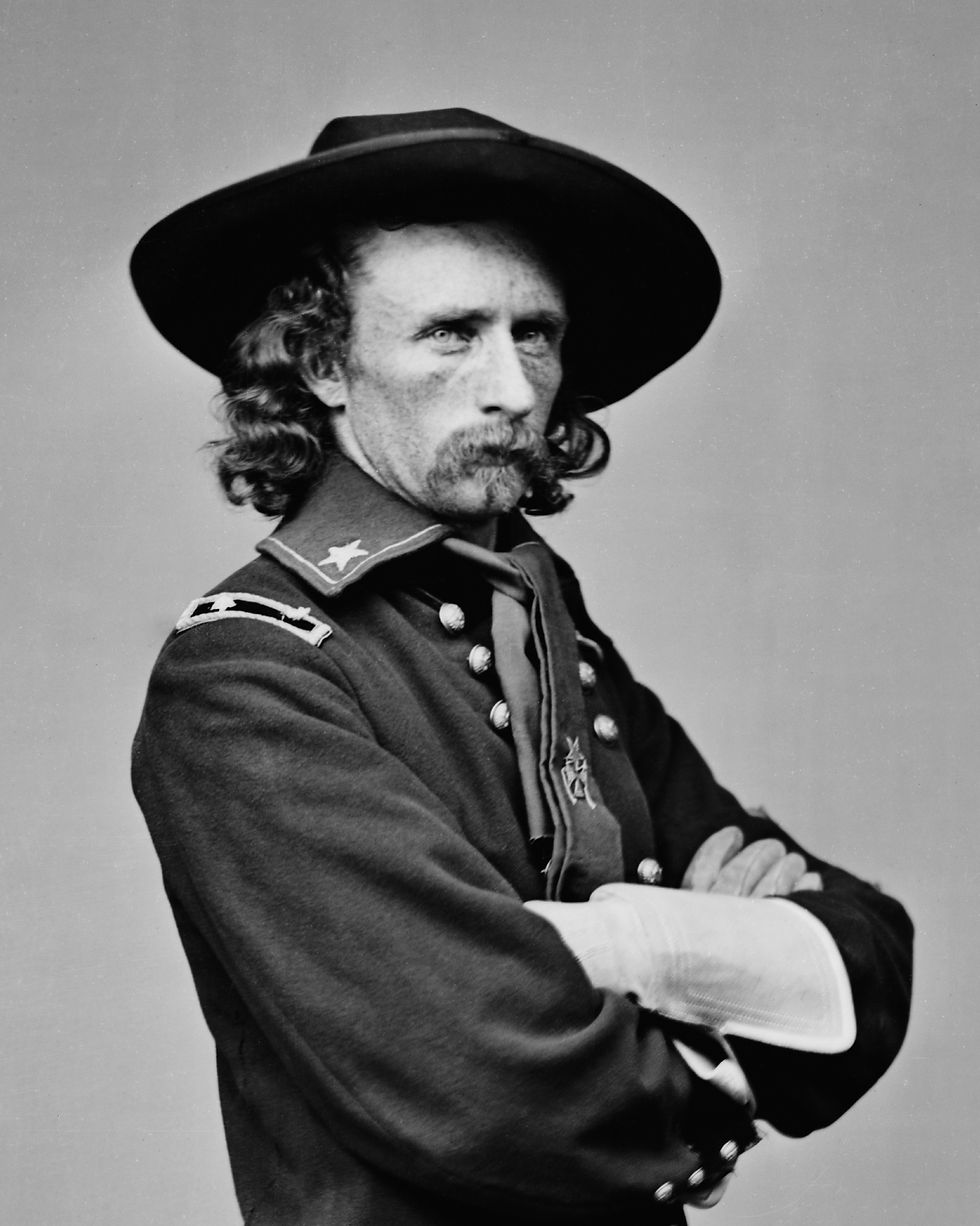Rapid-Fire History: Battle of the Little Bighorn
- By Joe Archino
- Jun 28, 2019
- 2 min read

On Sunday, June 25, 1876, Lieutenant Colonel George Armstrong Custer led the 7th Regiment of the United States Cavalry against a sprawling encampment of Lakota Sioux, Northern Cheyenne, and Arapaho along the Little Bighorn River in south-central Montana. Confronting an 8,000-strong village rallied behind the Lakota leaders Sitting Bull and Crazy Horse, Custer was operating ahead of U.S. Army infantry, and although originally planning to attack at dawn on June 26, the 7th Cavalry commander ordered an immediate advance after his scouts reported that enemy warriors had detected his regiment’s presence. A hero of the American Civil War and a veteran Indian fighter, Custer split his force into four parts, a pack train with ammunition and supplies, 140 cavalrymen under his second-in-command, Major Marcus Reno, 125 horse troopers under Captain Frederick Benteen, and 210 men under Custer’s direct command.

George Armstrong Custer. (Photo Credit: Wikimedia Commons)
Facing between 1,500-1,800 warriors, Custer’s divided regiment was overwhelmed. Reno and Benteen were forced to withdraw to a position now referred to as Reno Hill and were besieged from the afternoon of June 25th until dusk on the 26th. As a historian of the Battle of the Little Bighorn, Nathaniel Philbrick writes, in a fight of unforgiving brutality, “Custer and every one of his officers and men were killed.” According to the National Park Service, Custer and approximately “40 to 50 men of the original 210” were fatally cornered, fighting and falling together on a site known as Last Stand Hill. Among those who died with Custer were two of his brothers, a brother-in-law, and a nephew.

Last Stand Hill today. The white marble marker in the center with the black headstone marks the spot where Custer fell making his final stand. (Photo Credit: Wikimedia Commons)
The following day, the combined forces of Colonel John Gibbon and General Alfred Terry arrived, relieving the remnants of the 7th Cavalry under Reno and Benteen. On June 28, Major Reno’s men began to bury their fallen brothers in arms, interring them “where they fell in shallow graves, marked with wooden tipi poles collected from the abandoned Indian village,” as noted by the NPS. Although victorious at the Battle of the Little Bighorn, the Northern Plains Indians faced intensified U.S. military pressure in the wake of the 7th Cavalry’s crushing defeat. The loss of Custer was felt throughout the country and his legend endures to this day.
Sources
National Park Service: 7th U.S. Cavalry Memorial.
National Park Service: Little Bighorn Battlefield - Context and Story of the Battle.
Smithsonian.com: How the Battle of the Little Bighorn Was Won.
The Last Stand: Custer, Sitting Bull, and the Battle of the Little Bighorn by Nathaniel Philbrick.












Comments